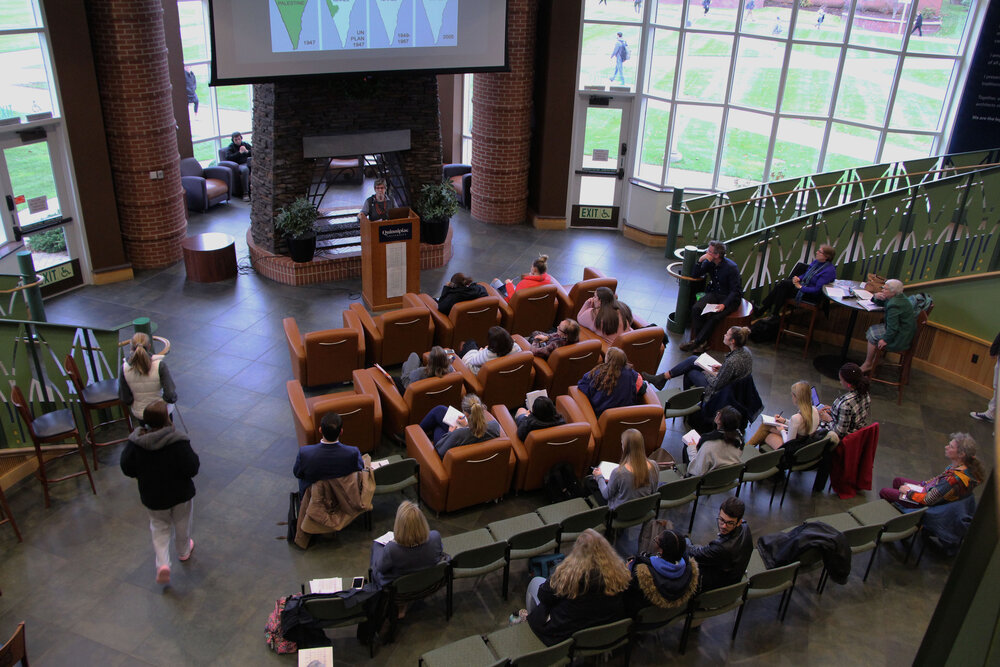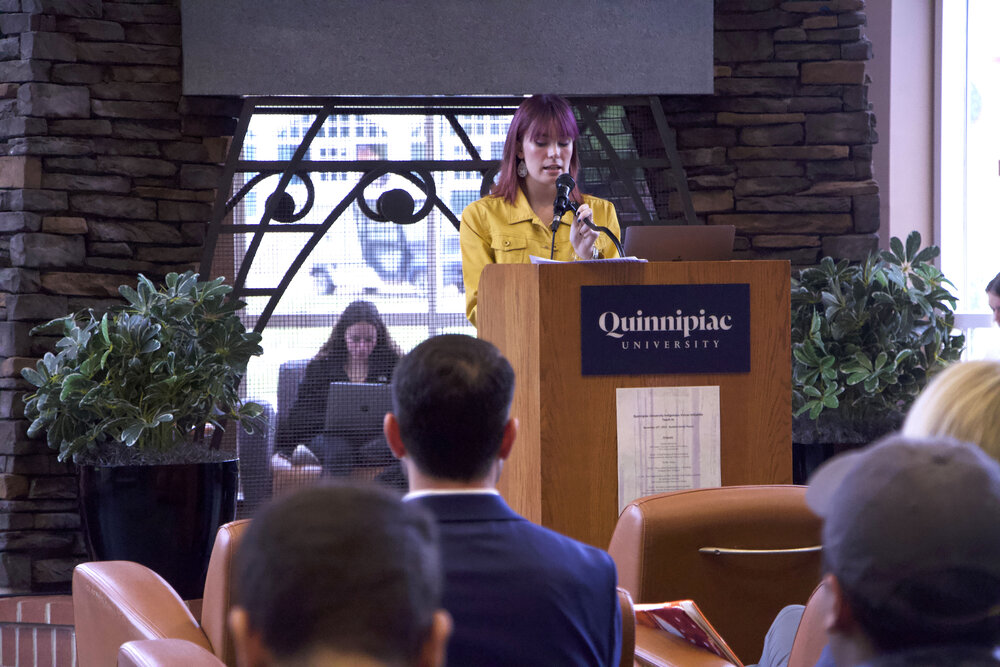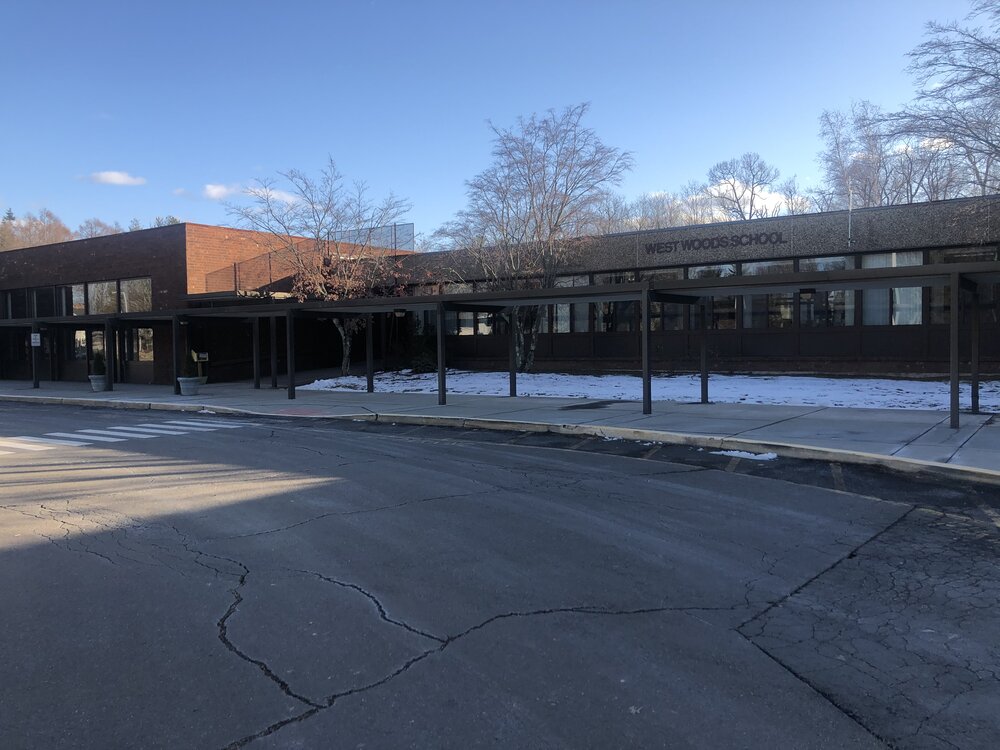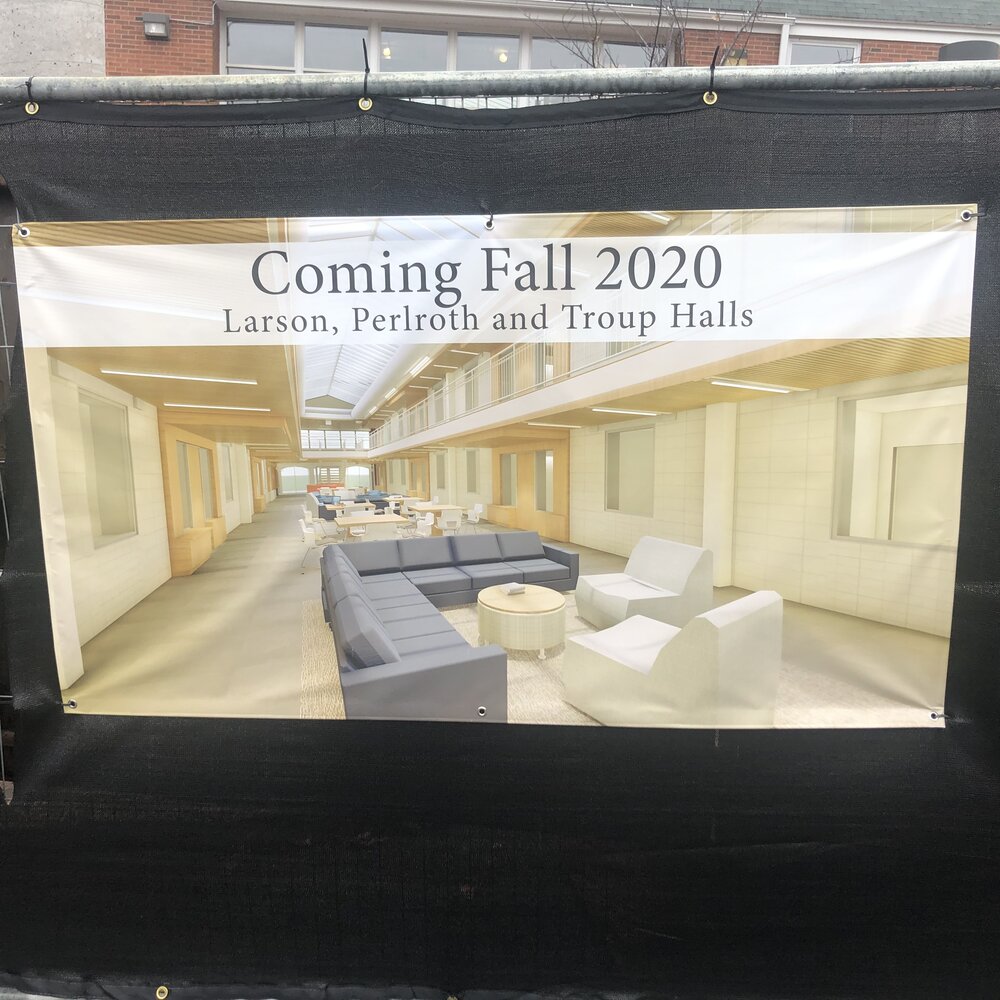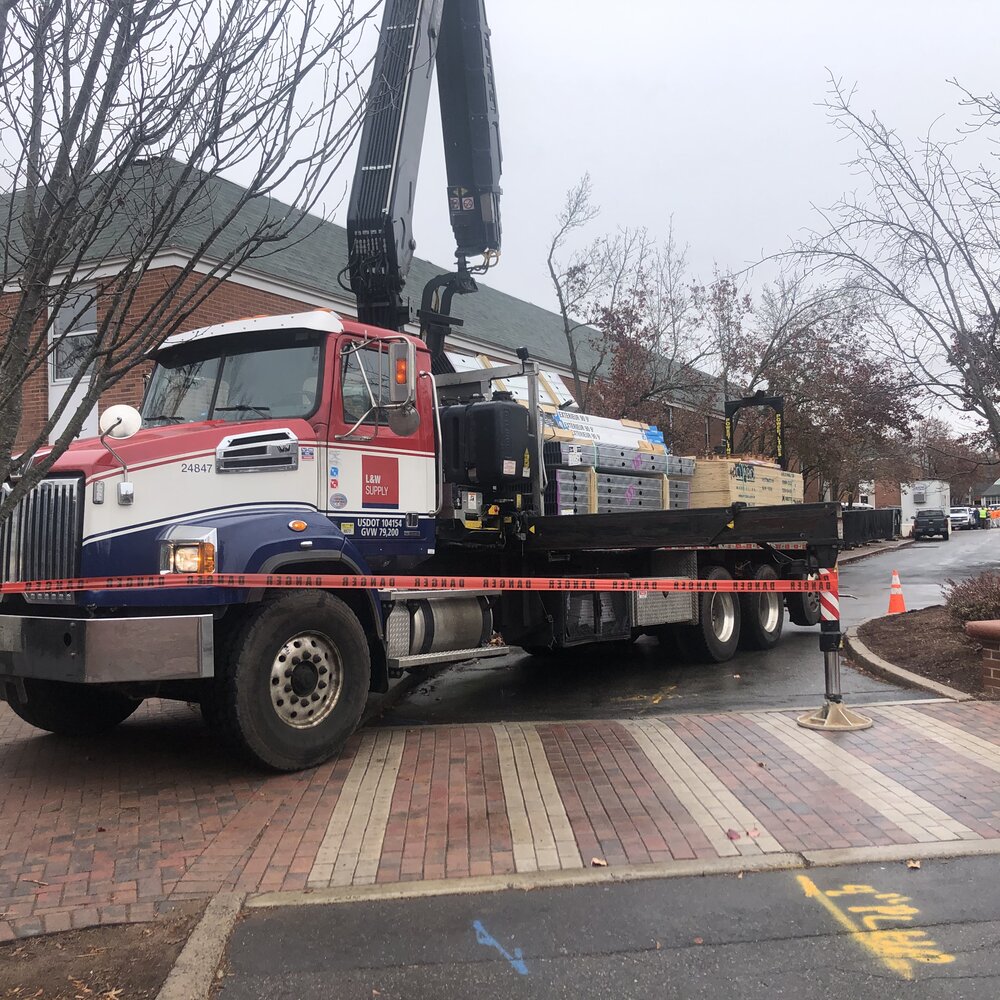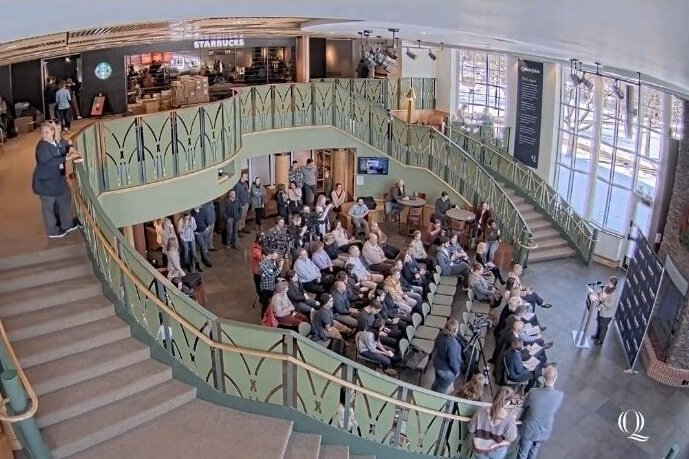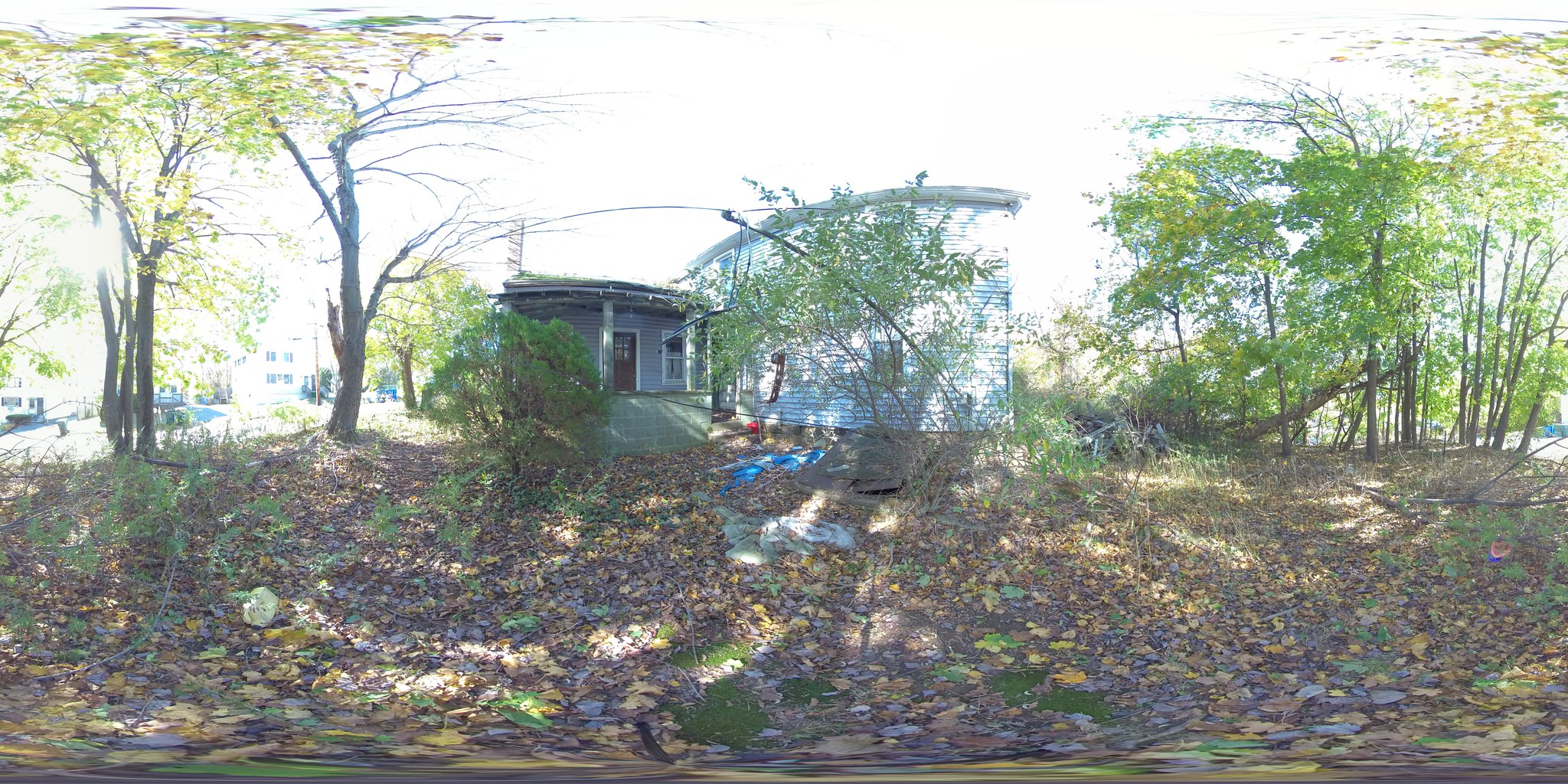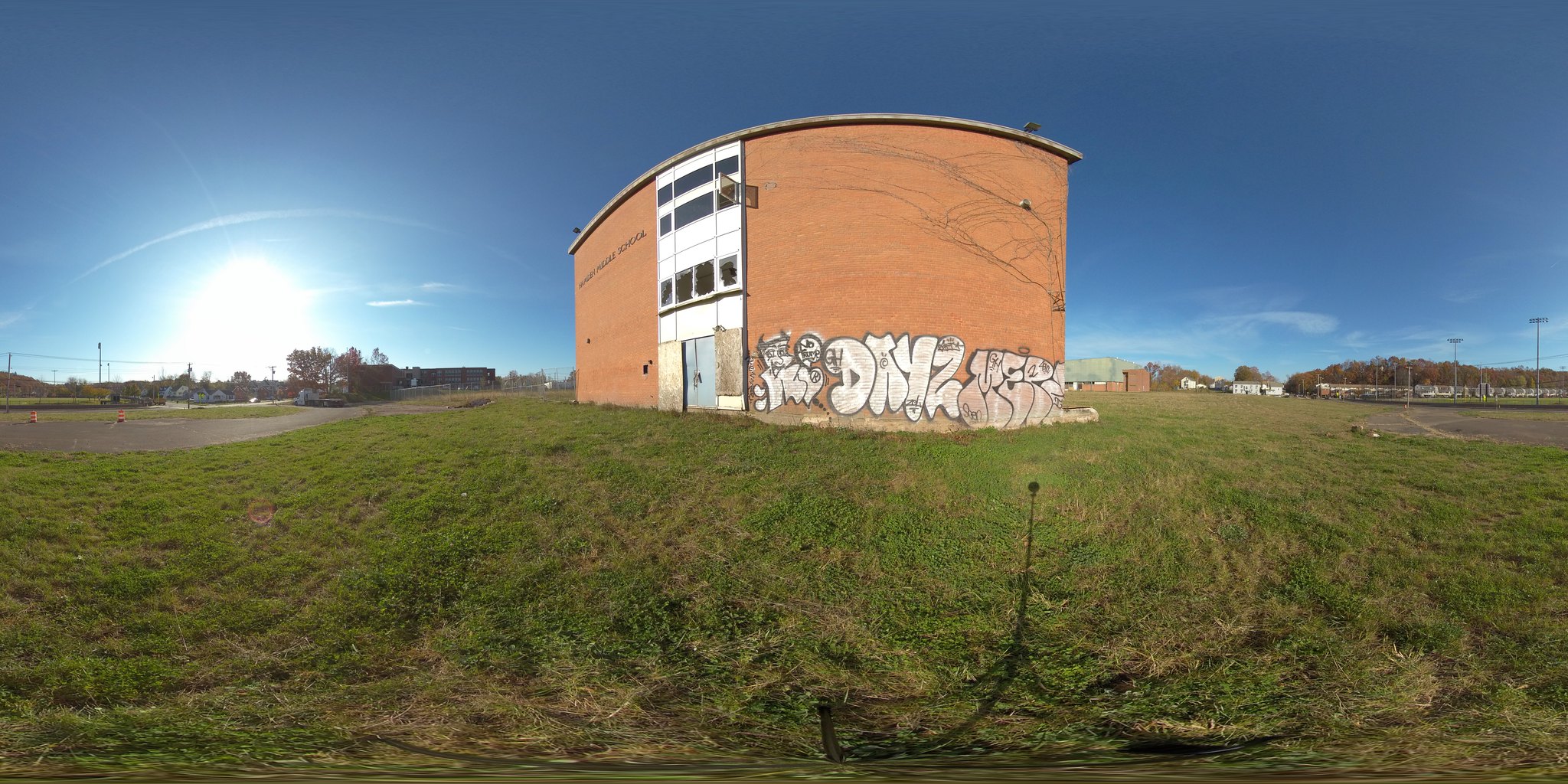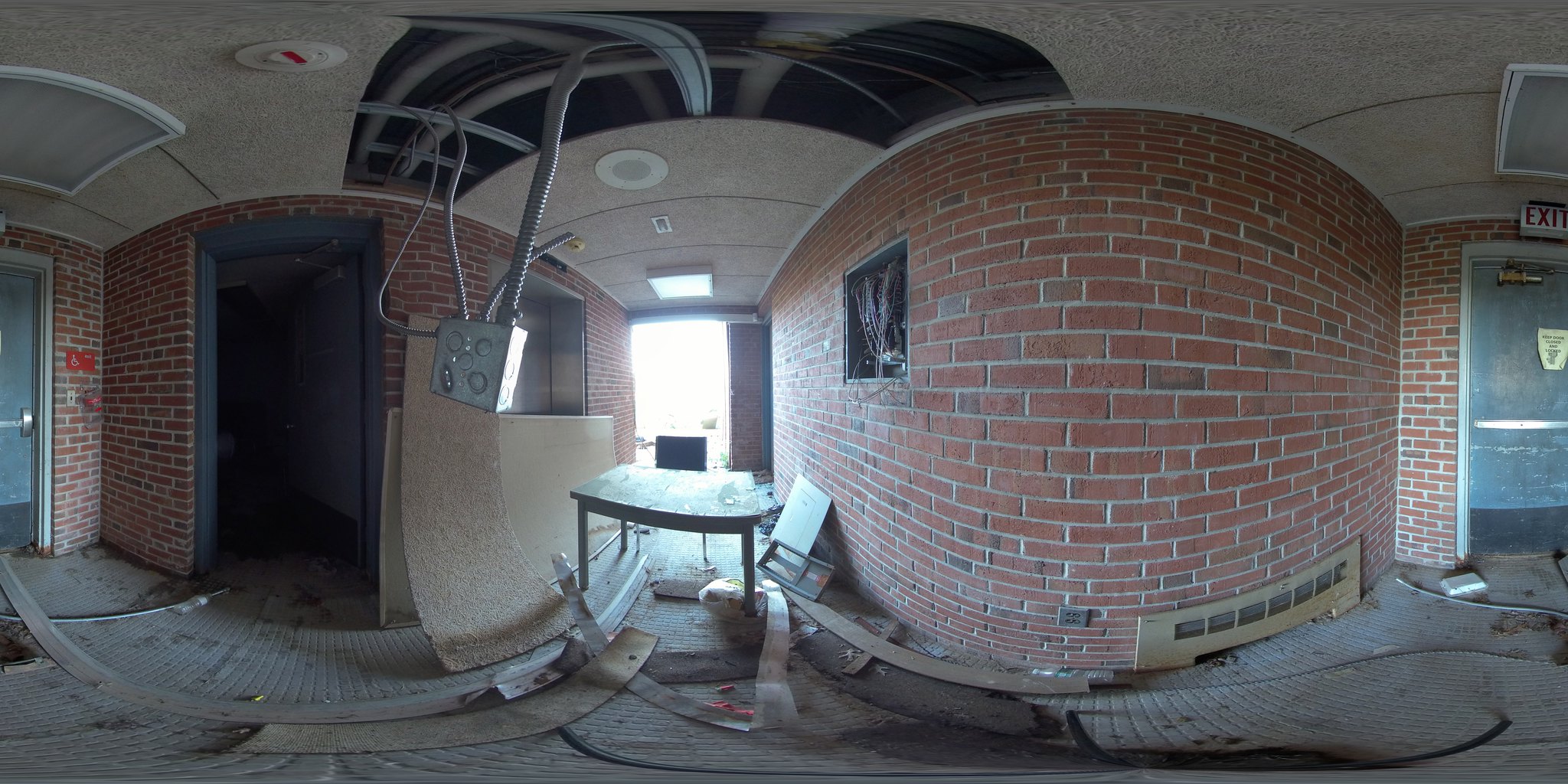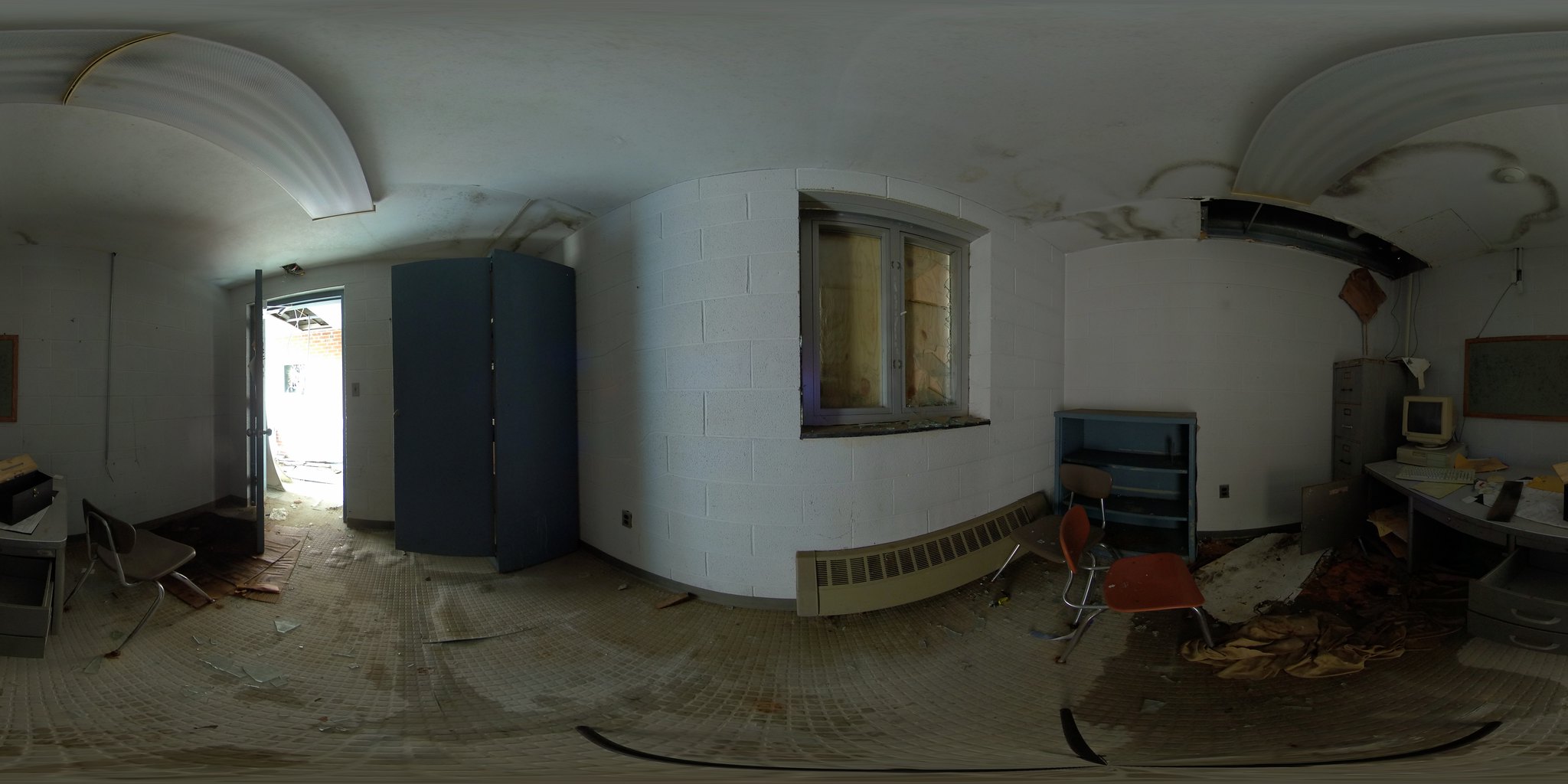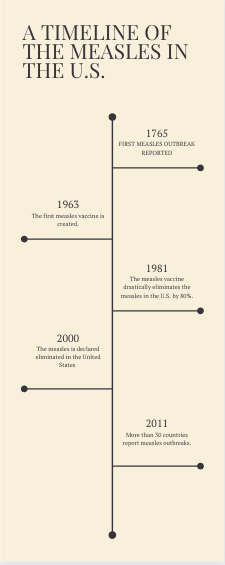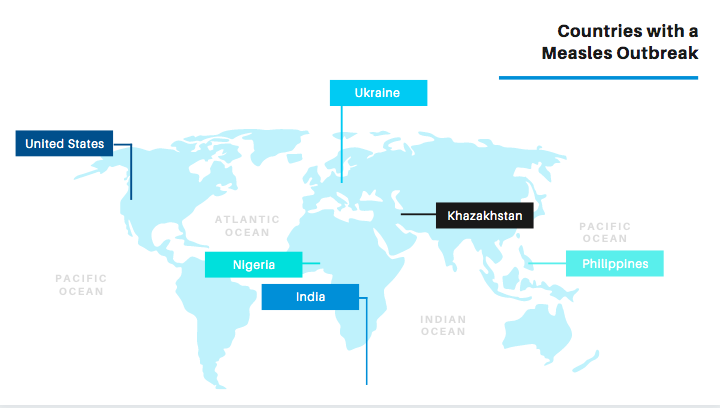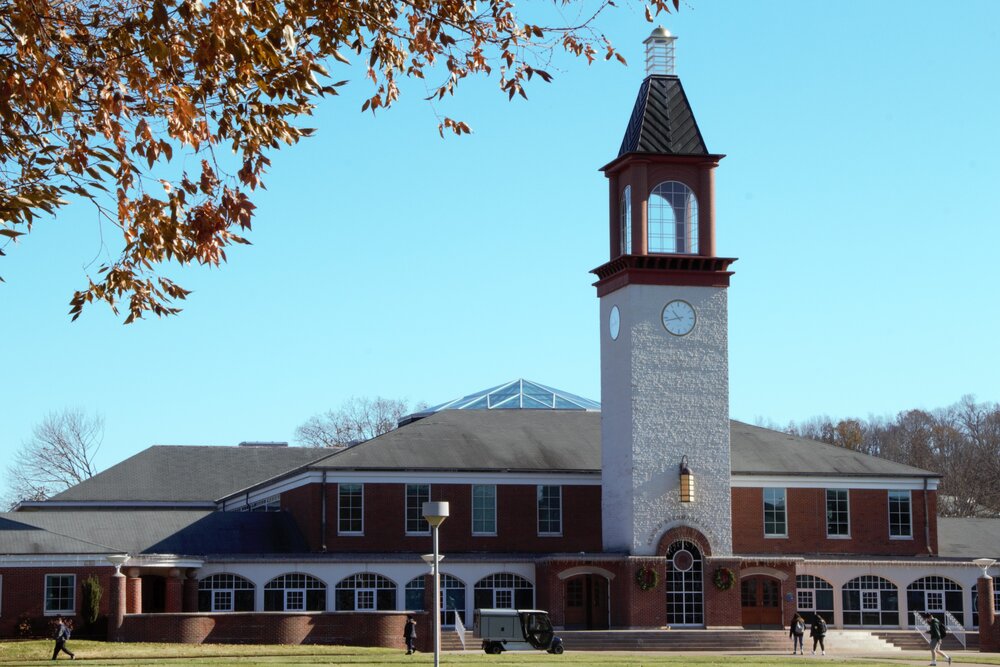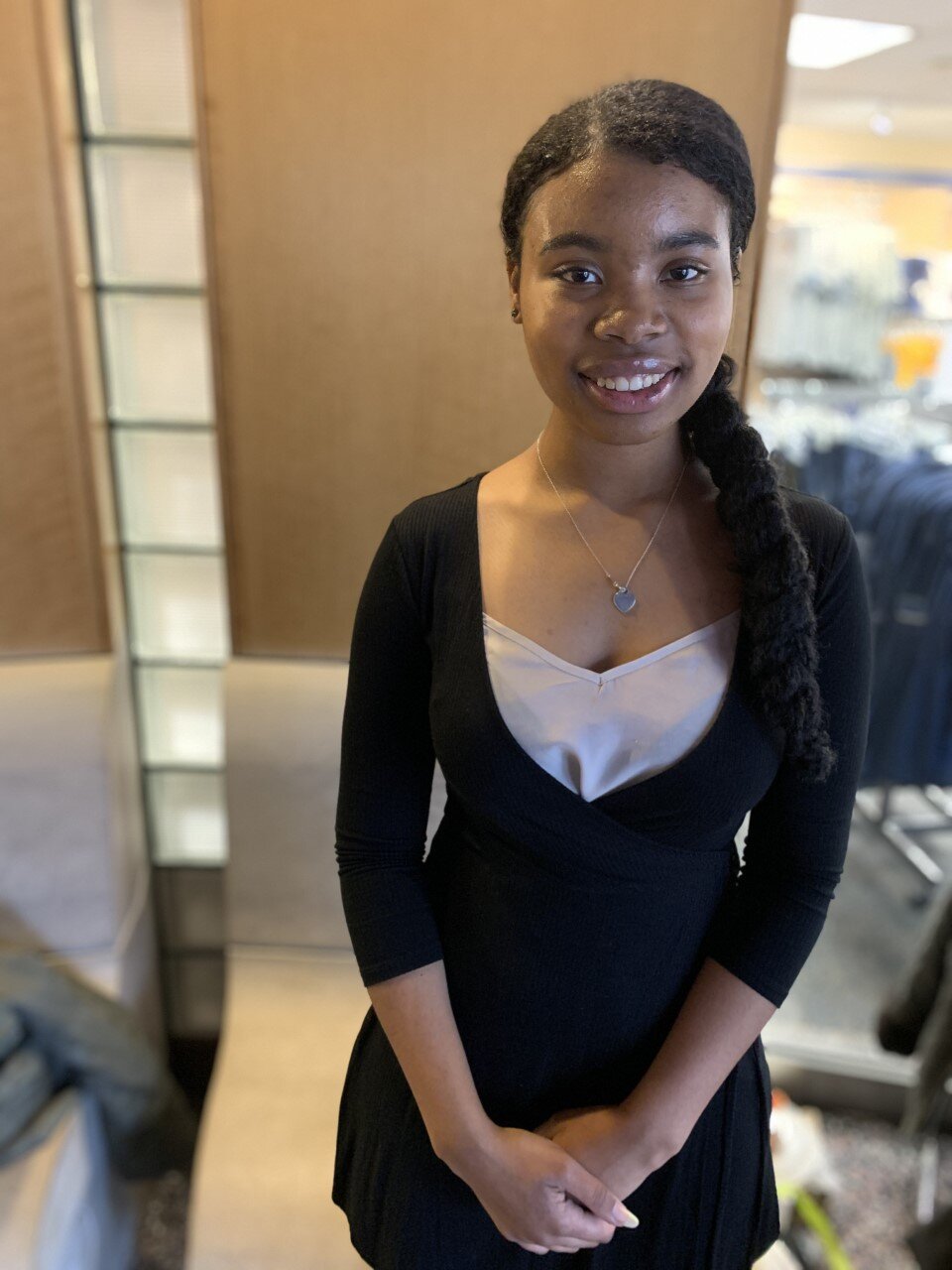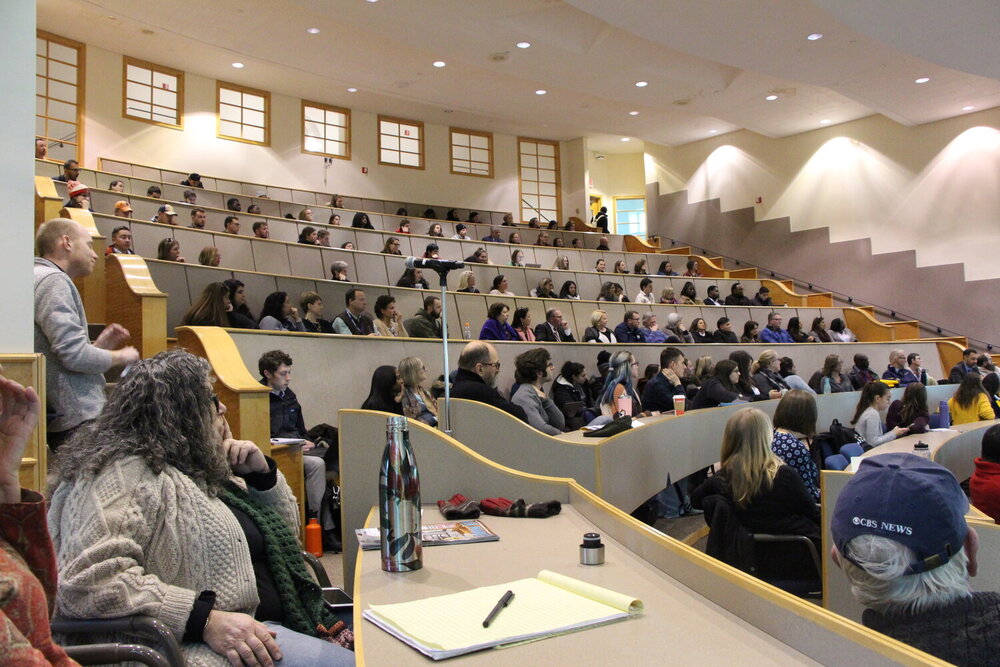How American society began to appreciate the art of tattooing
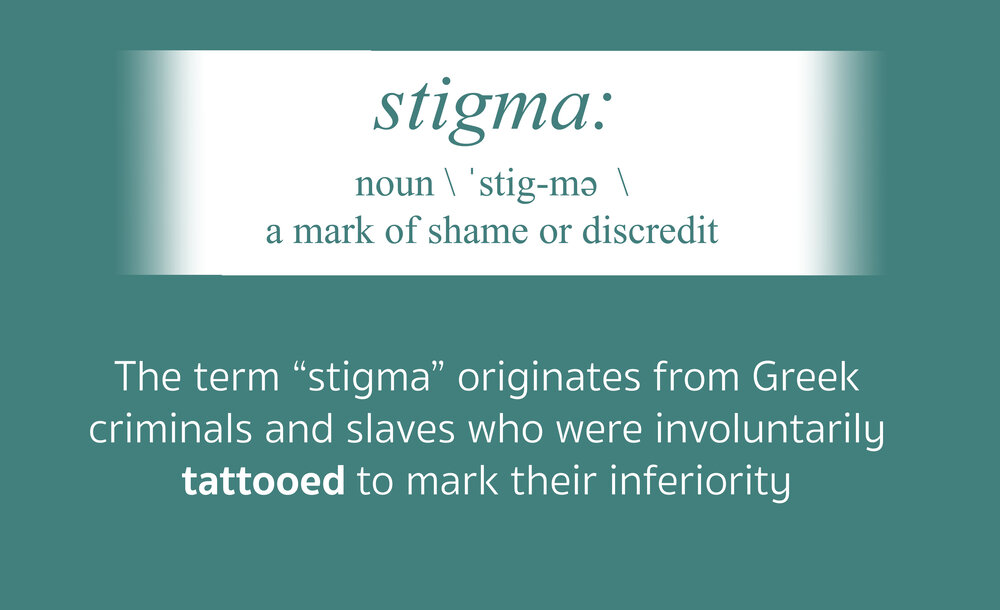
Deviant. Unattractive. Criminal.
All words that have been associated with tattoos.
For a long time, tattoos have come with a bad reputation within American culture. Tattoos have been looked down on. Tattoos have been portrayed negatively. These negative perspectives about displays of body ink created a stigma around tattoos and the people that have them.
Dave Sevilla, a tattoo artist at Black Hatchet Tattoo Co. in Wallingford, Connecticut, has always seen the artistic side of tattoos, which America has struggled with for decades. America’s story mirrors his: tattoos were once not accepted as art, but that ideology has changed.

Sevilla’s uncle and cousin introduced him to art and tattoos. He drew in high school, but was too shy to promote himself.
“I never showed anybody my art,” he said.
Sevilla said he knew he wanted to be a tattoo artist right out of high school. He started working at Dunkin’ Donuts to fund his apprenticeship. His apprenticeships were at Imperial Tattoo in West Haven and Elm City Ink in New Haven, which are now closed.

Dave Sevilla, at his tattoo station in the “Black Hatchet Burrow.” Photo courtesy of Black Hatchet Tattoo Co.
Sevilla started his professional tattoo career on his 18th birthday.
When he started tattooing, Sevilla’s family told him to stop.
“That gave me more drive,” he said.
Sevilla comes from a very Christian family that thought he should not be getting tattoos, nevermind giving them to others, he said.
This perception toward tattoos dates back to the 1950’s. In the 1950’s, less than 1% of Americans ages 25-40 were tattooed, according to a 2010 study. This low number is due in part to the stigmas around tattoos at that time.
Tattoos were often associated with gangs and criminals, rather than art. Looking back to ancient Greece, criminals and slaves were involuntarily tattooed as a form of punishment, according to a study written in part by Gretchen Larsen, of Durham University.
The Greeks also saw their neighbors, the Thracians, using tattoos as a marker of status.
Criminals in ancient Greece later began tattooing themselves voluntarily as a way to document their criminal careers. Similarly, sailors also started to tattoo themselves to document their travels. They used tattoos as a way to differentiate their lives from everyday society, according to Larsen’s study.

Sevilla’s strength in tattooing is lettering and text, based on his years of studying those artistic disciplines. But as of late, he has started to step out of his comfort zone to try a different style.
“I’m doing more surrealistic stuff now,” he said.
This interest comes from his idol, Megan Jean Morris, who is known for surrealism, according to Sevilla.
Morris owned BHTC under the name Painted Souls Tattoos.
In June 2017, Morris sold Painted Souls to her apprentice Ricky Borchert. Borchert and his wife, Katrina, redesigned and rebranded Painted Souls into the modern-faced Black Hatchet Tattoo Co., located in Wallingford.
“We wanted a clean looking shop,” Borchert said. “We wanted it to be our own thing.”
The revamp of Black Hatchet mirrors the 1960’s, when tattoo shops were turning into studios, artists received formal training and the issue of sterilization was taken care of.
Borchert and Sevilla joke that Sevilla came to Black Hatchet to work with his idol, but she had already moved her career out west.
“I’m still waiting for (Megan) to show up one day,” Sevilla said to Borchert with a laugh.
Borhcert laughed back.
“Maybe one day,” he said.
Sevilla said he likes working with clients to turn their ideas into art.
“People come in with an idea and I end up convincing them to let me do it freehand,” Sevilla said.

Tyler Main’s most recent tattoo is a scene from his visit to Japan, done by Dave Sevilla. Photo courtesy of Tyler Main.
One of Sevilla’s recent works features a japanese scene. His client, Tyler Main, said Sevilla is a relaxed guy.
“It’s important that you can be comfortable with your artist, and he definitely created a chill environment,” Main said.
Main’s tattoo is a scene from when he and his sister visited Itsukushima, Japan.
“It’s one of my favorite places in the world,” Main said. “I love that I can look down at my arm at any time and it takes me right back there.”
Main’s tattoo also has a few Japanese characters, spelling out “daijoubu.”
“It means ‘it’s okay’ or ‘don’t worry,’” Main said. “I loved the way the characters looked when I was learning Japanese, and I like the simple message.”
In fact, Japanese culture has had a large influence on tattoos becoming more mainstream.
In the mid-to-late 18th century, English tourists in Japan sparked a “craze” in Victorian England, according to tattoo historian Anna Felicity Friedman.
“King George V had two very well documented tattoos–a dragon he got in Japan and a Jerusalem cross tattoo he got in the Holy Land,” Friedman wrote in an article on her website.
The craze continued in the 19th century, when European aristocrats were frequently tattooed, according to Larsen’s study.
Some scholars say the upper class’ tattoo phase was a desperate effort to modernize the aristocracy and stay relevant in an anti-aristocratic age.

Those are Sevilla’s words about his first tattoo. His first experience with ink was with his cousin, who tattooed an Aztec god on his shoulder.
“I actually didn’t want this, I wanted a grim reaper,” Sevilla said.
He said his cousin refused the idea. Instead, he decided to give Sevilla an Aztec god, based on their Mexican roots.
“He didn’t want to send me home with a grim reaper, so we did this,” Sevilla said.
Sevilla has family portraits of his son and father that are very meaningful to him.
But he also has more lighthearted and fun tattoos, such as a character from his favorite video game, Resident Evil.
“I get shit that I like,” Sevilla said.
Sevilla said he is not the type of person who thinks every tattoo needs to have a deep meaning. This mindset took over in the 1980’s, when tattoos began to be associated with art and free thinking, rather than crime and gangs.

One scholar, Arnold Rubin, called the late 20th century the “Tattoo Renaissance.”
In the late 1980’s, only 3% of Americans ages 25-40 were tattooed, according to the 2010 study. A 2% increase over 30 years. Despite that minor change, the youth of the 1980’s shifted the perspective on tattoos entirely.
Larsen’s study describes two “major forces” that came together during the Tattoo Renaissance: ethno-history and aesthetic legitimacy.
“Tattooists began to look to indigenous cultures and their traditional tattoos for inspiration rather than to more modern North American designs,” Larsen wrote in her study.
This trend of cultural inspiration is what built up the “force” of ethno-history in the tattoo world and increased the cultural value of tattoos. The tattoo world also experienced a surge of artists who saw tattooing as a “legitimate artistic pursuit,” according to Larsen’s study.
The art world began to accept tattoo artists into their realm. This is how the “force” of aesthetic legitimacy propelled tattoos into mainstream American culture.

In the 1990s, tattooing was one of the most rapid growing service industries in the United States, according to Larsen’s study. This push can also be attributed to celebrities with tattoos.
Tattoo’s push into mainstream culture was boosted in the mid 2000s with television shows like “Miami Ink.” In the late 2000s the percentage of Americans ages 25-40 with tattoos was 40%.
Another 20 years passed, but a 37% increase, according to the 2010 study.
Tattoos now have more cultural meaning, rather than being seen as deviant markings. Tattoos are a means of self-expression and often anchor a person’s identity, according to Larsen’s study.
“All my tattoos are a reflection of me showing how much those who are present in my life mean to me,” Emily McGuire, 20, of Kent, Connecticut said. “They are a way of expressing myself, and I will continue to use them as such.”

McGuire’s dragonfly tattoo, representing her strong connection with her grandmother. Photo courtesy of Emily McGuire.
McGuire got a dragonfly tattoo when her grandmother got sick. After her grandmother passed, she got the phrase “Love you now and always, Love Gram” beneath the dragonfly in her grandmother’s handwriting.
“I added the words underneath (the dragonfly) after she passed as a reminder she is always with me,” McGuire said.
McGuire also has a tattoo on the back of her arm of her brother and mother’s fingerprints interlocking to form a heart.
“They have been my rock my whole life,” McGuire said. “(the tattoo) reminds me to keep going.”
Sevilla said people are more open-minded toward tattoos, because they see the artistic value behind them.
“Times are changing,” he said. “Tattoos are definitely more acceptable.”
Sevilla has been on both sides of the needle. Given ink, and received ink. And he says that is right where he is meant to be.
“I couldn’t see myself doing anything else,” he said.











